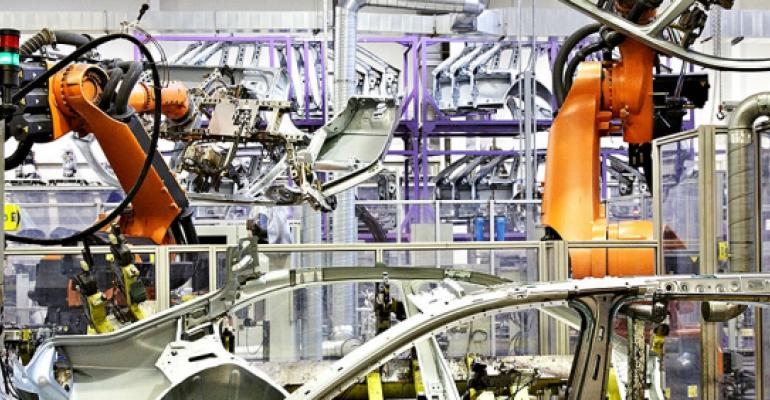The Australian automotive industry tells the federal government a mandated carbon-dioxide target needs to be relevant to Australia.
Federal Chamber of Automotive Industries CEO Tony Weber says any CO2 target must be considered together with pollutant-emission standards and fuel-quality standards as they are all interrelated.
“Australia is a small market, comprising only 1.5% of global production,” he says. “To offer vehicles with world-class pollution emission standards, Australia must harmonize pollutant emission and fuel standards with leading overseas markets.”
The FCAI says anticipated environmental benefits of adopting Euro 6 emission standards for gasoline-engine light vehicles will not be achieved without the widespread availability of 10 parts-per-million sulphur gasoline.
The FCAI pledges it will work through these issues with the government and the oil industry in coming months to develop government policies on vehicle emissions and fuel standards that will deliver environmental benefits while keeping the range of vehicle choice Australians expect.
It says a sustained reduction in vehicle emissions, both CO2 and pollutants, will be achieved only through an integrated solution that takes a whole-of government approach to CO2 standards, other emission standards, fuel-quality standards and on-road vehicle operation.
The integrated solution must include:
- Fuel-quality standards to match the emissions technology in modern vehicles and initiatives to encourage consumers to use the correct fuel grade.
- Australian consumers’ preference for heavier vehicles with larger and more powerful engines and automatic transmissions.
- The use of light vehicles in Australia – in particular, how to relieve congestion in major cities and how to deliver the benefits from vehicle-to-vehicle and vehicle-to-infrastructure communications.
- Driver behavior and how eco-driving can reduce fuel use.
- Vehicle technology and the refueling infrastructure required to support new technologies such as electric, hybrid-electric and hydrogen fuel-cell vehicles.
- Increasing consumer demand by raising awareness and creating incentives to adopt new technology.
- Steps to reduce the age of the Australian vehicle fleet.
Weber says the National Transport Commission’s latest report shows carbon emissions from new motor vehicles continue to drop, with the national average for 2015 falling 1.9% compared with prior-year.
The commission’s information paper says there has been an increase in the availability of low-emissions vehicles and acknowledges fleetwide vehicle emissions depend on many factors including consumer preference for vehicle type, engine size and power, fuel type and transmission.





